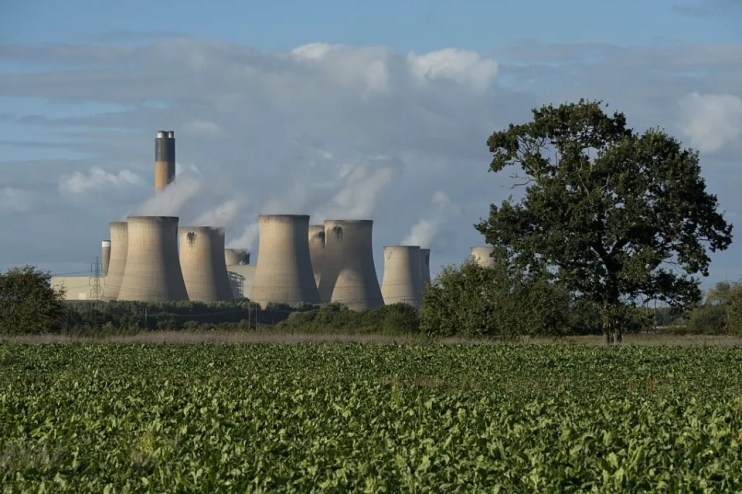UK halves carbon emissions in G20 first as country shifts to green energy

Britain has become the first G7 country to halve its carbon emissions, according to new data released this week.
Figures published on the Spectator Data Hub show the UK’s output of carbon emissions is now below 320m tonnes per annum, less than half the 652m tonnes of its 1970 peak.
And in the last 11 years, annual emissions have dropped from 487.5m to 318.7m tonnes; a reduction of 35 per cent.
The data showed a marked yearly improvement from 1990 onwards, with particularly large drops in emissions in 2020 and 2021 thanks to the coronavirus pandemic.
Emissions by sector, too, have largely decreased consistently year-on-year across the board, with the exception of a slight bump in transport levels during the post-coronavirus return to travel.
Power station emissions, in particular, have fallen dramatically in the last decade; down from 158m tonnes annually in 2012 to 53.7m through the end of 2021.
Figures from the Energy and Climate Intelligence Unit (ECIU) show that the UK has cut total greenhouse gas emissions by 41 per cent since 1990, attributing this largely to a pivot from coal to gas and then, increasingly, to renewables.
Emissions from electricity generation have fallen by 63 per cent since 1990, down more than 8 per cent between 2018 and 2019 alone, mainly thanks to the phase-out of coal in the electricity system.
Natural gas remains the primary energy source for the UK, followed by wind and nuclear power.
Offshore wind projects such as Dogger Bank and the upcoming Hornsea Three – what will be the largest offshore wind farm in the world – will help the country decarbonise the electricity grid further in the years ahead.
However, emissions from burning oil and oil products continue to be the greatest contributor to the UK total, having increased from 35 per cent of the total in 1990 to 43 per cent in 2019.